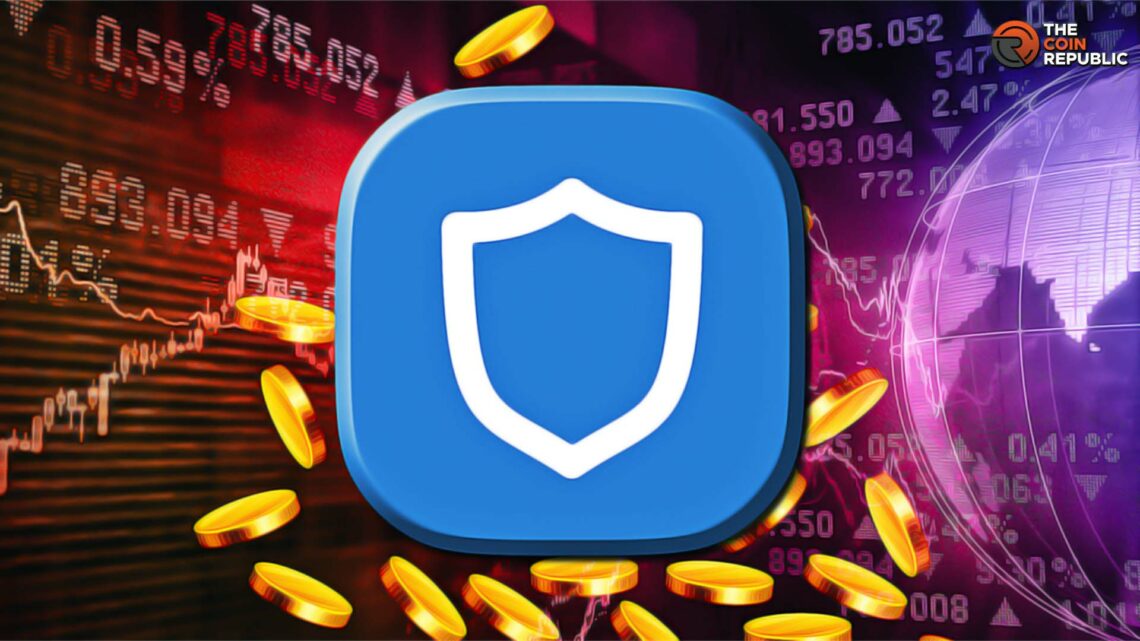- 1 Trust Wallet is one of the major wallets used by crypto traders across the globe.
- 2 The wallet offers a wide array of solutions that make trading easy for so many investors.
A robust and feature-laden wallet is a must for prolific crypto trading. Especially for new users and investors, it is essential to know about different options. Thankfully, the industry has developed quite a few types of wallets that are easy and efficient. Trust Wallet is one of the options that many crypto wallet users seem to like these days. So let’s explore this wallet option and what it offers to crypto enthusiasts.
Trust Wallet: Introduction
Launched in November 2017, Trust Wallet is a non-custodial wallet. It supports more than 70 blockchains and gives full control of private keys. Besides the major altcoins, it also supports a large number of meme tokens and NFTs. The platform is also available on Android and iOS devices as an app.
It works with Chrome browser as an extension and offers seamless access to the decentralized web. Users can connect with the Trust Wallet in just a single click. It provides them instant access to platforms like SushiSwap, Uniswap, PancakeSwap, and many others.
With that, the users engage in activities like yield farming, staking, and savings accounts. They can use the tokens stored in the wallet to make significant passive income. Moreover, Trust Wallet comes with some built-in staking tools that make it very easy.
The users can avail these services for various crypto without any hassles. Furthermore, it’s compatible with third-party processors to facilitate purchases using debit/credit cards. When it comes to safety, Trust Wallet uses a backup passphrase and PIN.
After one year of launch, Trust Wallet was purchased by Binance in 2018. Today, over 60 Million people use this wallet for their crypto trading and storage. All its associated devices support decentralized storage and use a 12-word passphrase for setting up the wallet.
A large number of users use it to handle their diversified portfolios. Apart from using features like staking, traders also swap tokens on it with just a click. Lately, this wallet has also become popular for accessing the decentralized web or Web3.
Interface, Features, Pros & Cons
According to users’ reviews, Trust Wallet is suitable for new users as well as proficient traders. It offers many tutorials to those who need some guidance. However, there are some highlights of the platform that may worry a few customers.
Trust Wallet uses third-party processors for accepting fiat payments. So, all the users executing them have to deal with Simplex. In addition, they have to deposit a minimum amount of $50.
Investors must know that Trust Wallet needs users to manually add some tokens. It usually happens in the case of small-cap projects. Fortunately, users don’t have to go through plenty of hassles for that. They can just click on “Add Custom Token” and add the tokens they wish to.
The interface is designed to identify the address and populate suggestions. As mentioned above, Trust Wallet supports NFTs. The users can view all the NFTs and the associated artworks in them. Moreover, it supports several blockchains including Ethereum, Avalanche, Solana, Optimism, Polygon, Arbitrum, and Binance Smart Chain.
Being decentralized, Trust Wallet allows the self-custody of private keys and cryptos. It does not accumulate any personal information from users while simplifying the storage. Additionally, users don’t go through KYC unless they deal with decentralized services and assets.
Particularly, they go through it while buying digital assets using a debit/credit card. While giving complete control to users, Trust Wallet is devoid of any means to help in case of asset theft. It cannot help users if they forget their pins or lose private keys.
So, the users have to take full responsibility for their credentials. For new users, it may be even more challenging as they are more likely to lose these items.
Here’s How Some Notable Features Work on Trust Wallet
Decentralized Web– To access the decentralized web on Trust Wallet, users need to click on the ‘dApps’ button on it. After that, they see options for decentralized exchanges and other services.
Real-Time Valuations– Since it’s part of Binance, giving real-time updates to traders isn’t difficult for Trust Wallet. The only condition is, the token has to be listed on CoinMarketCap.
Staking– Trust Wallet doesn’t use any third-party processor for staking services. Users can participate in it without leaving the wallet interface.
Upshot
Most analyses and reviews reveal that Trust Wallet does a decent job of serving customers. However, it has a few demerits that might worry some users. On top of that, there are other options that crypto users can use instead. It’s certainly possible to manage multiple wallets if they want to. Therefore, digital asset enthusiasts must explore all the wallets before choosing one.

Amanda Shinoy is one of the few women in the space invested knee-deep in crypto. An advocate for increasing the presence of women in crypto, she is known for her accurate technical analysis and price prediction of cryptocurrencies. Readers are often waiting for her opinion about the next rally. She is a finance expert with an MBA in finance. Quitting a corporate job at a leading financial institution, she now engages herself full-time into financial education for the general public.


 Home
Home News
News









